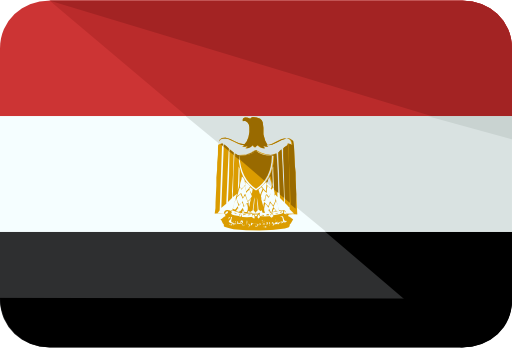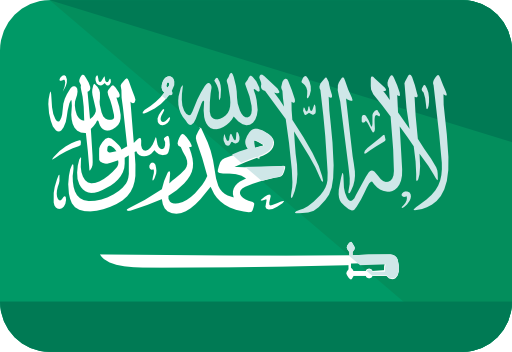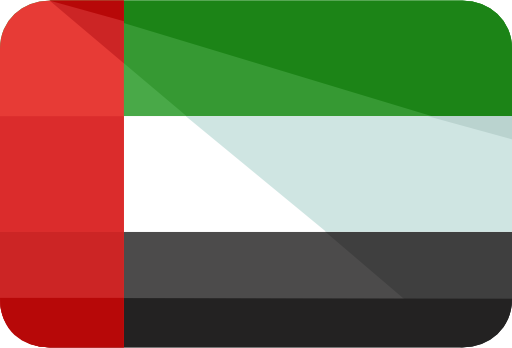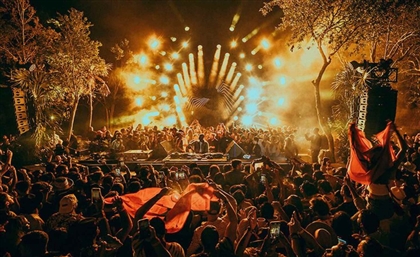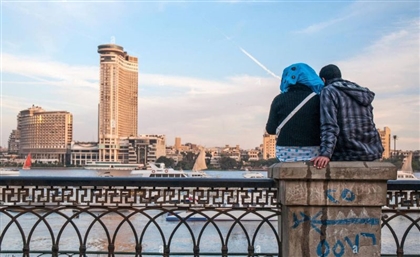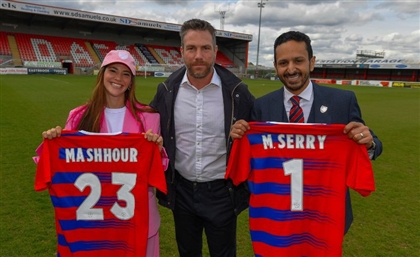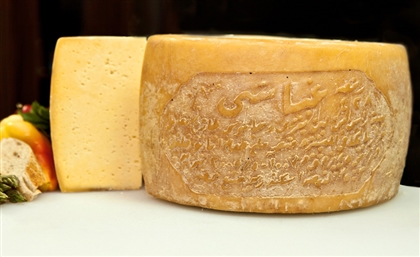This Instagram Account is a Font of Knowledge for Riyadh’s Typography
Riyadh Fonts on Instagram is quietly archiving the city's identity through its disappearing Arabic typography.
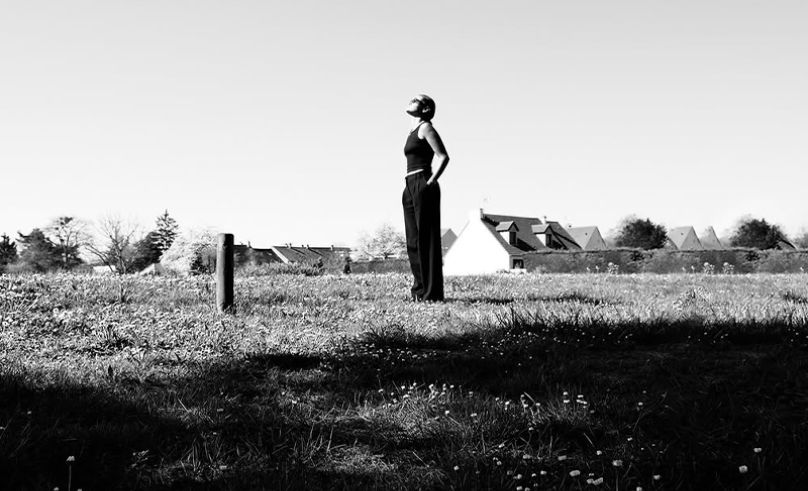
In a city constantly in motion, Norah Almuqhim is capturing what many overlook: the fonts on Riyadh’s street signs. As the creative director behind the Instagram archive @RiyadhFonts, Almuqhim has emerged as one of the city’s most thoughtful documentarians—focusing not on landmarks but on the everyday signage that defines Riyadh’s neighbourhoods, bakeries, and alleyways.
Riyadh Fonts began in 2021, when Almuqhim was working in the Al-Malz district and noticed something slipping through the cracks. It wasn’t a building or monument, but a sign—specifically, the “KAKI” bakery sign on Alwashm Street.
-035dc5d1-0db2-4e5f-b0e7-ac41f05666ba.jpg) “I often passed by unique old signs,” she recalls. “I was concerned that these historical pieces might disappear, so I decided to document them before they faded from memory.”
“I often passed by unique old signs,” she recalls. “I was concerned that these historical pieces might disappear, so I decided to document them before they faded from memory.”
That instinct grew into a broader mission. Today, Riyadh Fonts is a digital archive dedicated to recording and reinterpreting the city’s Arabic typography. On Instagram, it offers a quiet scroll through Riyadh’s evolving identity—letters and layouts that reflect time, place, and style.
Almuqhim’s process begins with photography, capturing signs for their aesthetic or historical relevance. She then recreates them digitally using Adobe Photoshop and Illustrator, preserving their original tone. The result is a refined visual record of the city’s signage—part preservation, part design intervention.
-03d176ea-f7d4-4073-8527-1b2533d603f4.jpg) The archive isn’t a solo effort. “Our methodology is straightforward and inclusive, allowing community members to participate actively,” Almuqhim explains. Through submissions and conversations sparked by her posts, the page has become a space where memory is shared and fonts become generational touchstones.
The archive isn’t a solo effort. “Our methodology is straightforward and inclusive, allowing community members to participate actively,” Almuqhim explains. Through submissions and conversations sparked by her posts, the page has become a space where memory is shared and fonts become generational touchstones.
Arabic signage sits at the heart of the project. In a city shaped by rapid development, its typographic expressions—on shopfronts, billboards, and walls—serve as informal markers of history. Almuqhim tracks how these styles change over time, observing the tension between tradition and modernity.
-c992f733-84c0-4d82-a6c7-6e9467e9ac33.jpg) “My focus is specifically on Arabic signage, reflecting the importance of Arabic language and culture in the identity of Riyadh,” she says. “While documenting, I look for fonts that show a shift from traditional styles to contemporary ones.”
“My focus is specifically on Arabic signage, reflecting the importance of Arabic language and culture in the identity of Riyadh,” she says. “While documenting, I look for fonts that show a shift from traditional styles to contemporary ones.”
Riyadh Fonts is not a rejection of change but a reflection on how the past can inform the future. Almuqhim uses typography as a lens to explore continuity across time and space.
-006cb21d-92db-44cc-8f58-bbf60a2a1e36.jpg) “Digital preservation plays a crucial role in this evolution, as it allows contemporary designers to draw inspiration from historical fonts and integrate them into modern contexts,” she says. “Through this project, I have discovered that each sign tells a story, reflecting the socio-economic changes and cultural interactions within Riyadh.”
“Digital preservation plays a crucial role in this evolution, as it allows contemporary designers to draw inspiration from historical fonts and integrate them into modern contexts,” she says. “Through this project, I have discovered that each sign tells a story, reflecting the socio-economic changes and cultural interactions within Riyadh.”
-af9bda0e-2f67-44f8-901d-a835fb7e620e.jpg) There’s a quiet urgency to her work. As signs disappear and neighbourhoods change, these fonts remain—digitised and remembered.
There’s a quiet urgency to her work. As signs disappear and neighbourhoods change, these fonts remain—digitised and remembered.
Through Riyadh Fonts, Almuqhim invites the city to pause and take notice—not of its towers or heritage sites, but of its overlooked visual language. A weathered bakery sign. A typeface from the 1980s. The curve of an Arabic letter now fading from view. What began with one sign has become a resonant reminder that the smallest elements often hold the most meaning.
- Previous Article Marwan Serry Withdrew From Dagenham FC Over Salma Mashhour’s Dismissal
- Next Article The Scene Styled Space Odyssey Edit

